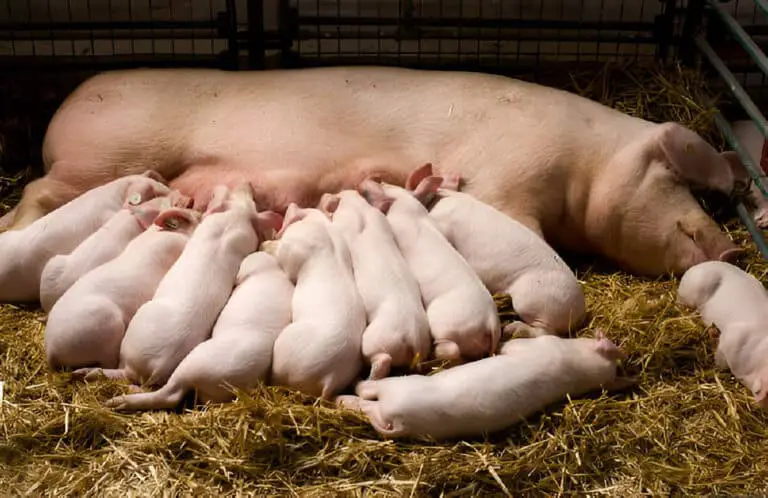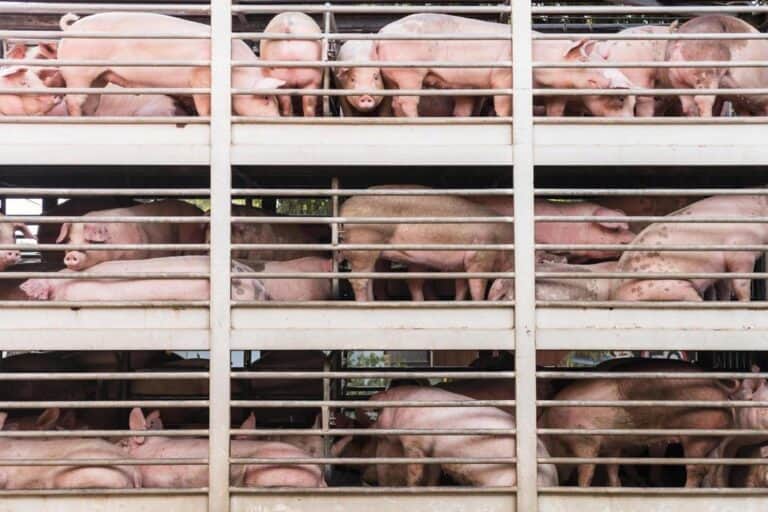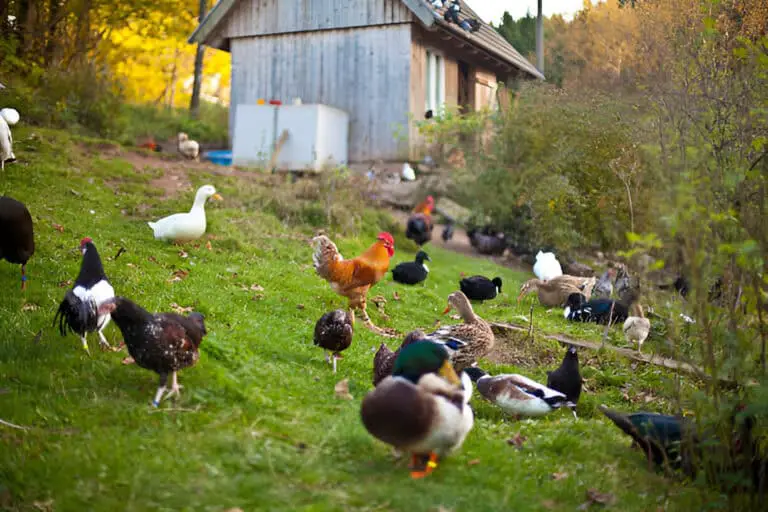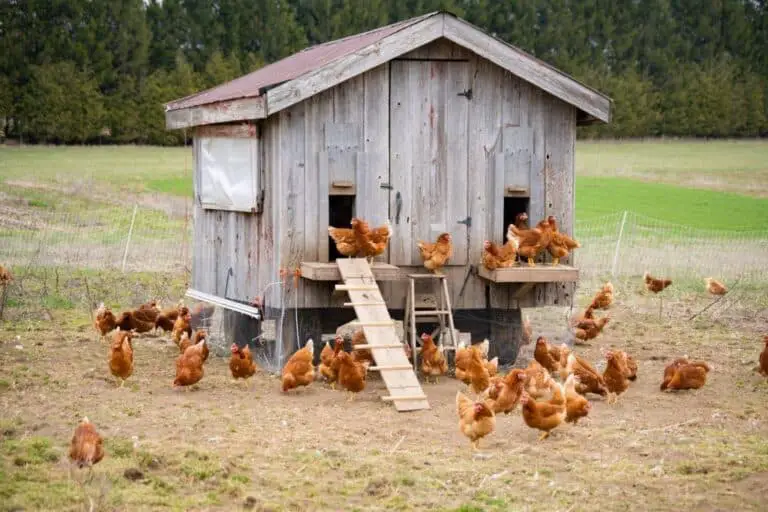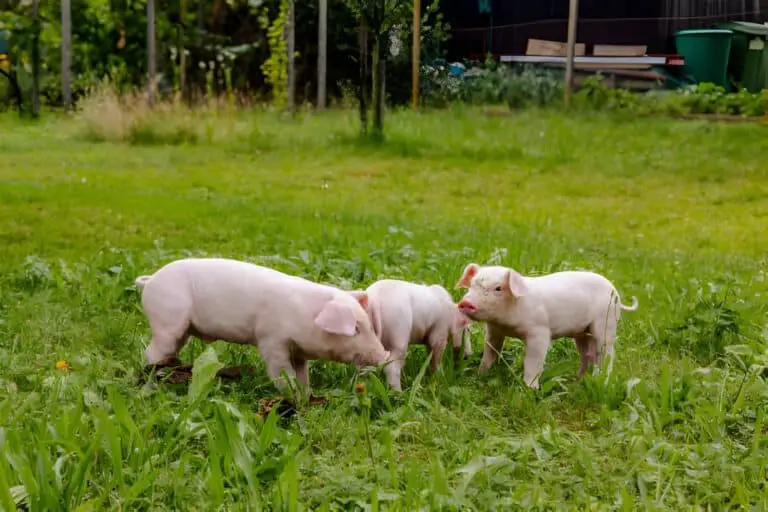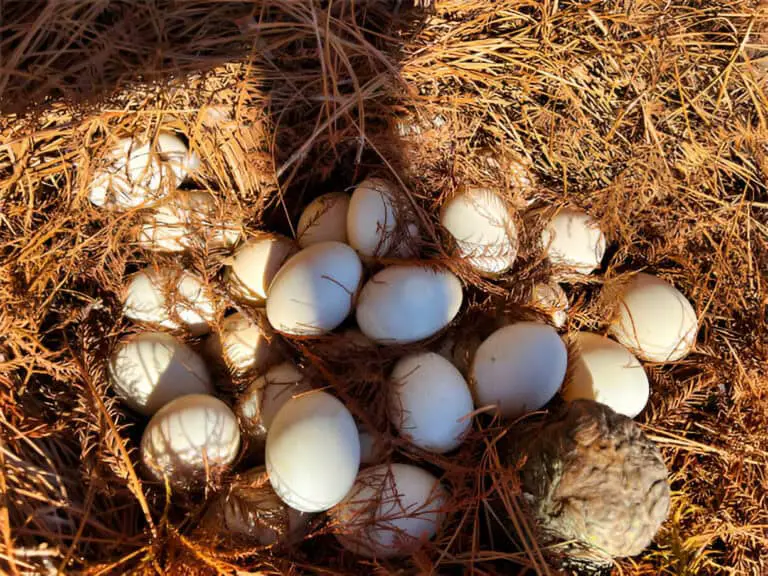Raising Ducks for Meat: When to Harvest for Best Flavor and Texture
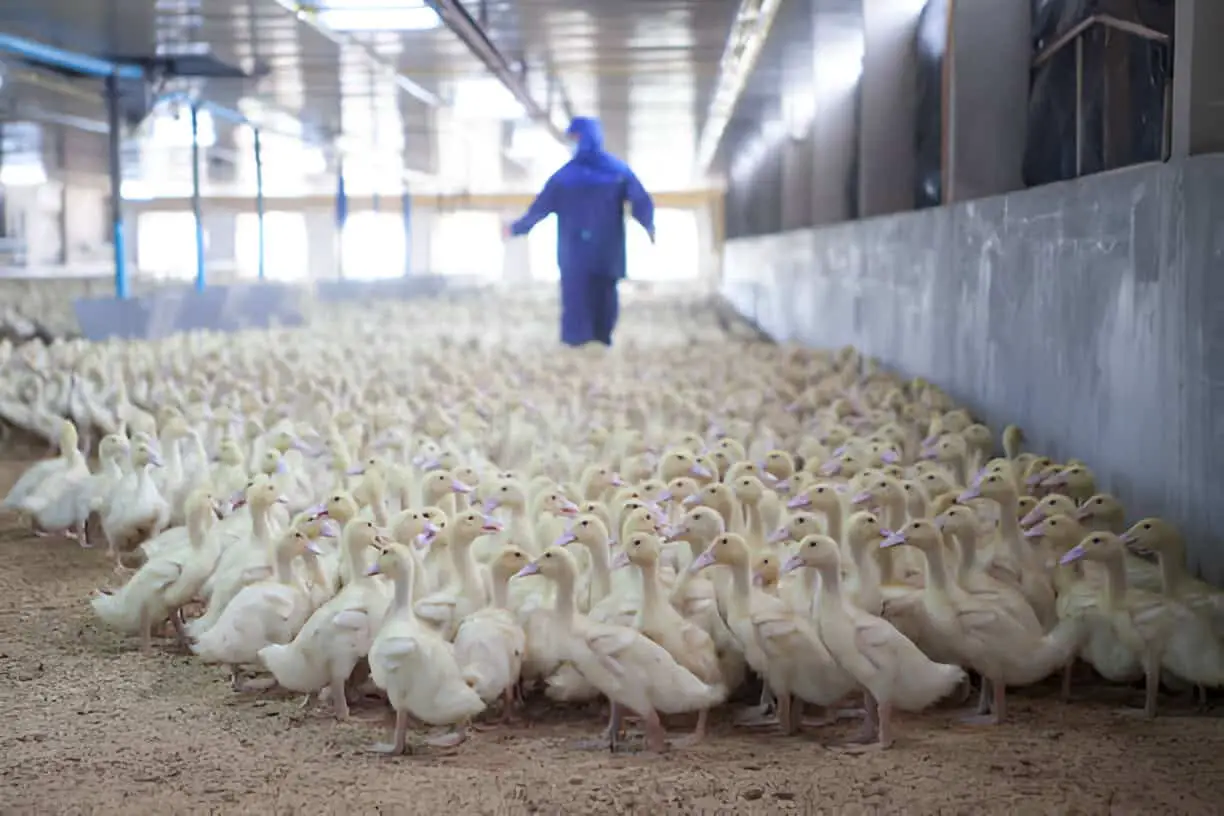
I’ll be the first to admit it: raising ducks wasn’t exactly on my bingo card when I started dabbling in backyard farming. I imagined chickens, maybe a goat or two—but ducks? They waddled into my life uninvited and completely stole the show. Somewhere between the splash fights in their kiddie pool and the gentle quacks that echoed through the morning mist, I found myself totally hooked. What began as a quirky side project quickly turned into a daily rhythm I couldn’t imagine life without.
But here’s the thing no one tells you: if you’re raising ducks for meat, knowing when to butcher makes all the difference. Wait too long, and you’re chewing through sinew and regret. Go too early, and you’ve wasted potential. So how do you hit that perfect sweet spot? What signs should you watch for, and how do you know when your duck has reached peak flavor?
This article is for anyone who’s thinking about harvesting their own ducks and wants to do it right. I’ll walk you through the telltale signs of readiness, breed timelines, and how to avoid common mistakes that can cost you both flavor and effort. By the end, you’ll have the confidence to make the call—and serve up a duck that’s worth every quack.
The Right Time to Butcher a Duck
If you’ve never raised ducks for meat before, there’s a sweet spot for harvesting: typically between 7 and 9 weeks of age. That’s when the duck hits what I call the “flavor pinnacle”—young enough to be tender, yet old enough to have developed rich, delicious fat layers.
Here’s a quick breakdown by breed:
| Duck Breed | Ideal Butchering Age | Meat Quality |
| Pekin | 7–9 weeks | Mild, tender, fatty |
| Muscovy | 11–15 weeks | Lean, strong flavor |
| Rouen | 10–12 weeks | Hearty, robust meat |
| Khaki Campbell | 8–10 weeks | Lighter, leaner meat |
Pekin ducks, my go-to for meat, grow like weeds. By week 8, they’re often around 6 to 8 pounds live weight, with a full breast and beautiful layers of subcutaneous fat—perfect for roasting or searing.
Why Timing Matters
I’ve made the mistake of butchering too early. What did I get? Meat so lean it squeaked across the cutting board. Wait too long and you’ll wrestle with tough sinew and feather quills that feel more like porcupine spines than plumes.
Three reasons timing is critical:
- Pinfeathers – Ducks molt around 8–10 weeks. If you butcher mid-molt, plucking is a nightmare.
- Fat development – Flavor ramps up when fat develops under the skin. Too early, and the meat lacks that signature richness.
- Feed conversion – After 9–10 weeks, ducks start eating more and growing less, which means higher feed costs and diminishing returns.
Signs Your Duck Is Ready for Processing
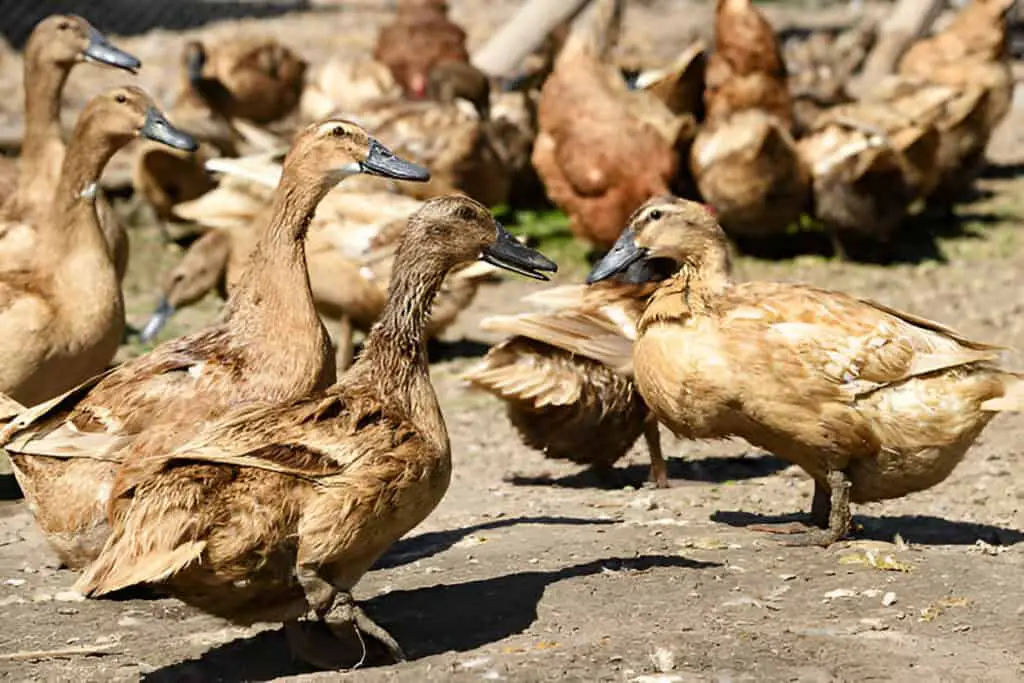
Don’t just go by the calendar. I like to do a quick visual check every day around week 6. Here’s what I look for:
- Breast fullness: A duck with a plump, rounded chest is usually good to go.
- Leg meat: Firm, meaty thighs signal proper growth.
- Feather condition: Wait until after the first juvenile molt ends (typically by week 9 for Pekins).
If you’re butchering multiple ducks, stagger it by a few days and take notes. You’ll start to spot the perfect “butcher window” for your specific ducks breed and feeding habits.
| Read: Is Duck Healthier Than Chicken? The Ultimate Comparison You Need to Read |
Feeding for Flavor
Before harvest, I tweak their diet. Around week 6, I gradually reduce protein levels and introduce corn and cracked grains. This shift fattens them up and subtly sweetens the meat. It’s kind of like finishing a pig on apples—small changes can lead to big flavor payoffs.
Here’s my quick feed strategy:
| Age Range | Feed Type | Protein % |
| 0–3 weeks | Starter crumble | 20–22% |
| 4–6 weeks | Grower pellets | 16–18% |
| 7+ weeks | Finisher mix (grains + greens) | 14–16% |
Don’t forget to toss in some kitchen scraps and garden greens. Ducks are nature’s cleanup crew and they love variety.
Seasonal Considerations
When it comes to harvesting ducks, timing with the seasons can make a big difference. Most backyard farmers prefer late summer to early fall. By this time, ducklings raised in spring have reached their ideal weight and maturity. The weather is cooler, which helps reduce stress during processing.
How Weather Affects Ducks:
- Warm weather: Encourages fast growth but can lead to tougher meat if ducks mature too quickly.
- Cool weather: Slower growth, but often results in better fat distribution and richer flavor.
- Extreme heat or cold: May impact feed intake, hydration, and overall health.
Here’s how harvesting seasons can vary by region:
| Region | Ideal Harvest Season | Notes |
| Northern U.S. | Late summer–early fall | Cooler temps aid processing |
| Southern U.S. | Early spring or fall | Avoid peak summer heat |
| Coastal areas | Fall | Stable weather, fewer stressors |
Choosing the right season ensures healthier ducks and better meat quality.
| Read: Do Male Ducks Hurt Ducklings? What I Noticed in My Own Flock |
Preparing for Ducks Harvest
Harvest day can feel intense, but having the right tools and mindset makes it smoother and more respectful. Before starting, gather all essential supplies so everything is within reach and stress on the birds is minimized.
Must-Have Tools:
- Sharp knife or poultry shears
- Killing cone or restraining device
- Large pot for scalding
- Thermometer
- Buckets for feathers and waste
- Clean table or surface for processing
Humane Harvesting Tips:
| Best Practice | Why It Matters |
| Calm handling | Reduces stress and improves meat |
| Quick, precise cuts | Ensures humane and efficient processing |
| Clean equipment | Prevents contamination and illness |
Cleanliness isn’t just about looks—it’s critical. Always sanitize your workspace before and after processing. Use gloves, keep water fresh, and dispose of waste properly. A clean, respectful process benefits both you and the ducks.
Ethical Considerations and Emotional Prep
Let’s get real for a second—it’s not easy saying goodbye to something you raised. But if you raise your ducks well, give them space, sunlight, and love, the act of harvesting feels more like respect than loss.
I always take a quiet moment before harvest. I thank them. It might sound silly, but it grounds me and reminds me why I chose this lifestyle: to be connected to my food in the deepest, most meaningful way.
Final Tips for First-Time Duck Harvesters
If this is your first time raising ducks for meat, here’s what I wish someone told me:
- Use a sharp knife. Precision and respect go hand in hand.
- Pluck warm. Don’t delay once you dispatch the duck—pluck immediately while the body’s still warm.
- Rest the meat. Refrigerate the dressed carcass for at least 24–48 hours before cooking. This relaxes the muscle fibers and deepens the flavor.
And when you do cook that first bird? Roast it low and slow. Render the fat. Crisp the skin. Let that golden beauty sing.
Conclusion: Raise, Respect, Roast
Raising ducks for meat taught me patience, precision, and presence. It’s not just about getting food on the table. It’s about the rhythm of life on a small farm, the lessons of caretaking, and the satisfaction of a meal with a story.
So, if you’ve got a few fluffy ducklings waddling around your yard and meat is your goal—keep an eye on their age, feather stage, and plumpness. With the right timing and care, your duck dinner won’t just feed your belly—it’ll feed your soul.
If you’d like, I can format this into a downloadable PDF, create a social caption, or add a printable butcher chart. Just say the word!

